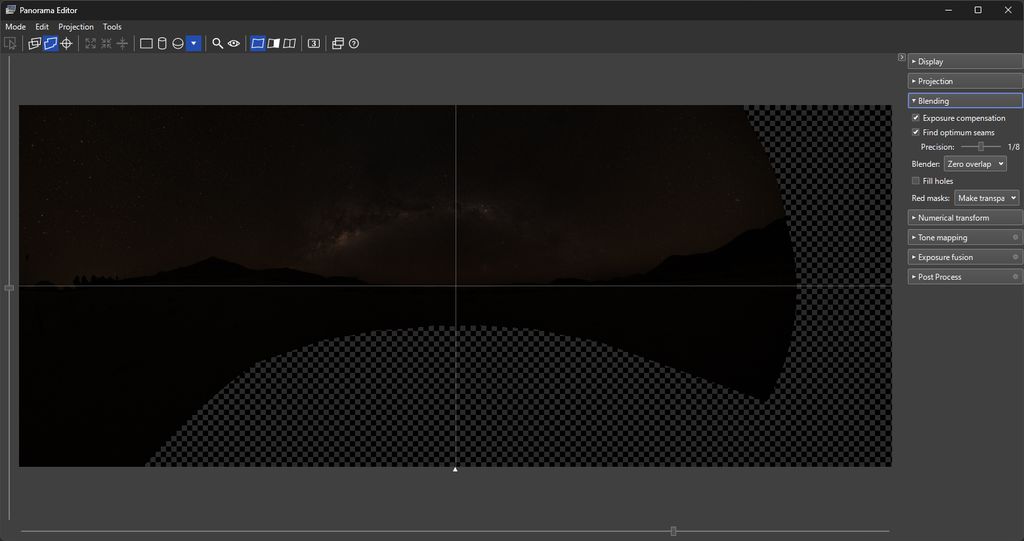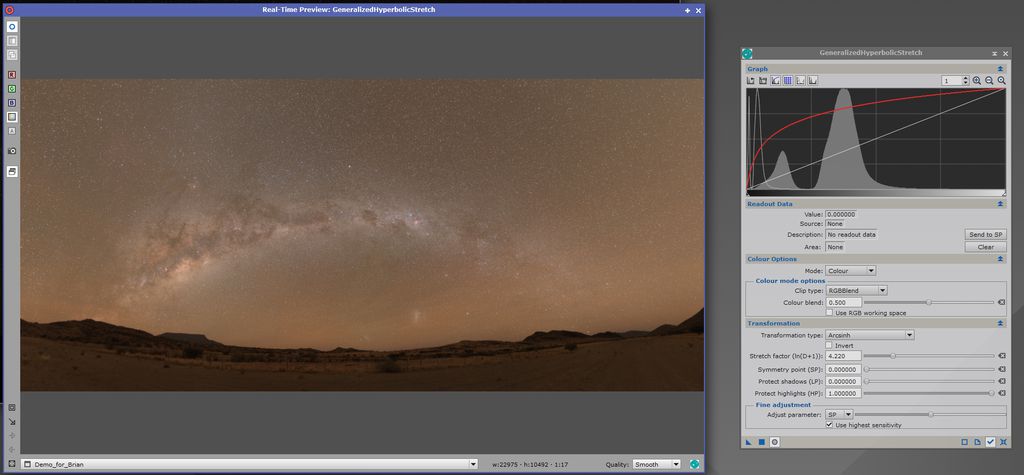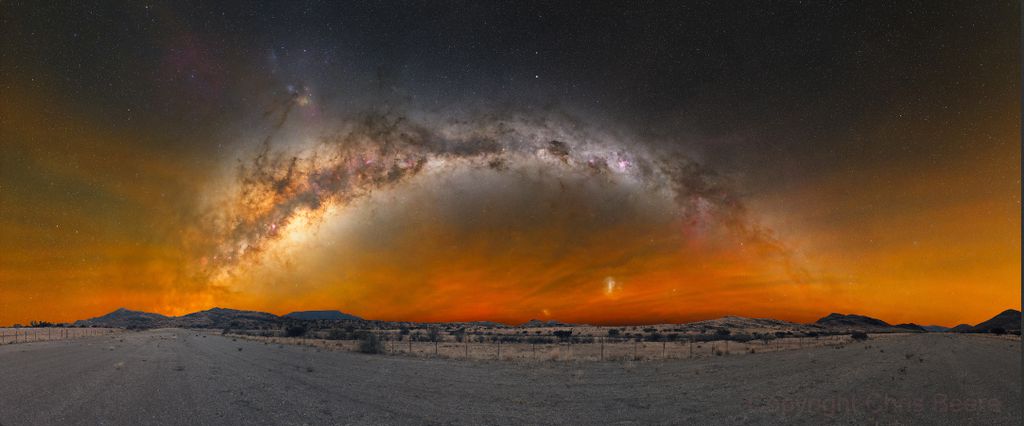Currently I have between 1.5hours and 3hours of 120-sec sub-exposures on each of 21 fields with fields centers at declination 0 or further south. Fields with centers 7<RA<0 , dec>-75 are also missing, since I only bean this wide-field survey this past lunation.
All fields are processing using WBPP and then GraXpert and BXT applied before passing to MosaicByCoordinates and then GradientMergeMosaic [shrink radius 5 merge radius 50]. On my trust old iMac 2017 this takes a less time, but eventually I get the following lightly stretched result [binned up 4 x 4 from the original]
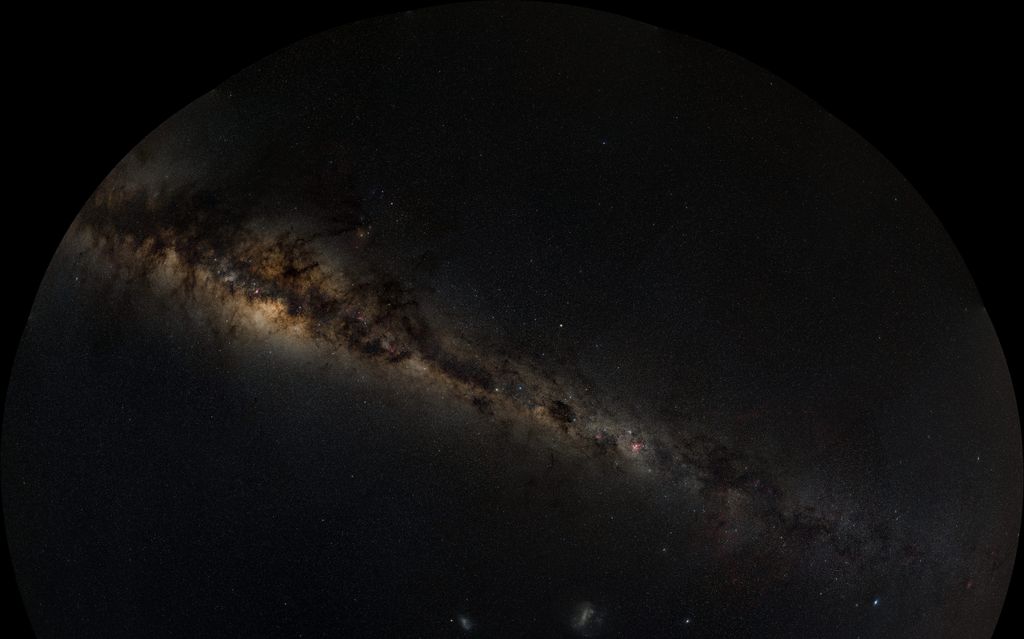
This is not bad for a dramatic "public" image, but seams between the fields are beginning to become visible . If I want to go any deeper using an arcsinh/GHS stretch this is what I get
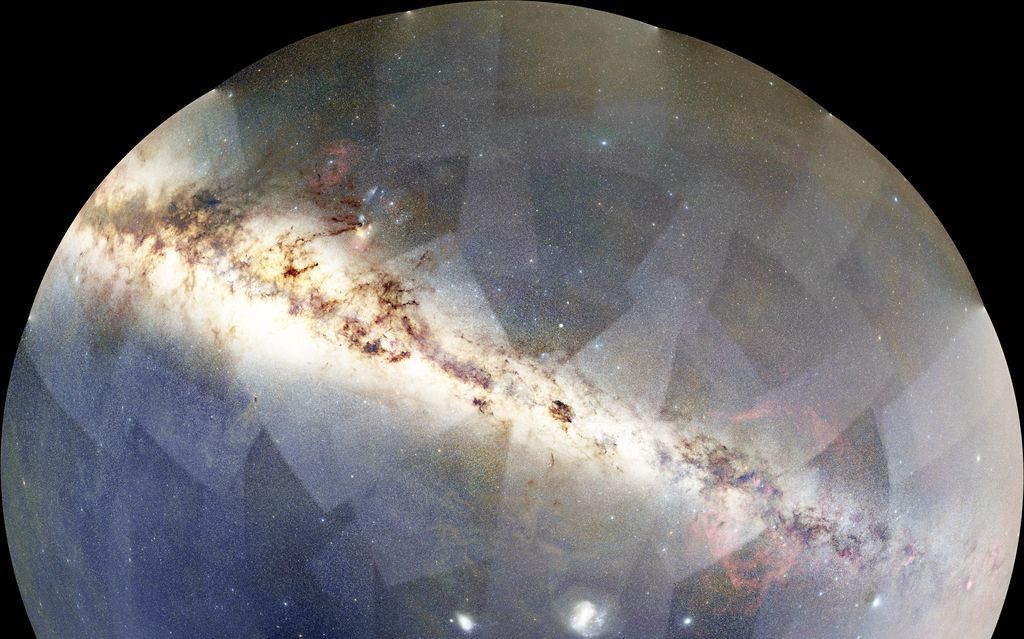
All the faint stuff is there, but so is the pattern left by the individual fields in the mosaic.
So the question is simply What am I doing wrong?
Limited by the speed of my 4-core processor, albeit (with 48GB ram) I have tried using different post-WBPP routines including including/excluding] ABE, SPCC and and BXT (full or correct only). I have also tried APP [failed with cryptic errors with more than 4 fields] and PTGui. PTGui is brilliant stacking software but needs stretched images and using the STF-like PixelMath algorithm] unfortunately stretches the non-Milky Way fields disproportionately to the Milky Way fields.
Although it fails on fields that not distributed in a near-rectangular fashion, PhotometricMergeMosaic used to work quite well removing edges. However, it appears to have disappeared on the latest release of PI. This may have something to do with the upcoming MARRS project. But since the PleiadesAstro team have already asked me for some of the ABC survey data to support the MARRS project in the south, it would look like a bit of a chicken and egg problem if I need to wait for the MARRS project, in order correct data needed for it. [It may be that the MARRS project have found another solution, in which case this data is not so important]
As you can see I have pretty much run out of ideas. Perhaps I am not doing the correct order of post-WBPP processing for input to the mosaicing routines. Or not doing the right post-WBPP processing at all. Perhaps there are other mosaicing packages out there. [Tried Photoshop - but it was the worst of the lot]. APP used to be my goto package, but it now fails - and I understand that there are some communication challenges with APP at the moment.
Any advice/experience gratefully received.
With many thanks in advance
Brian


